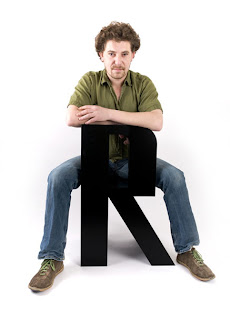Design As A Conversation
We define conversation as a verbal or nonverbal exchange; it is an interaction between people or people and things. A conversation can be about the act of sharing information or discussion. A conversation can be about learning from one another by “talking”.
And people do talk.
But that is how we share information; we hear it through the “grapevine.” We gossip, we argue and we engage with one another. We converse and that is how we share information. The Internet only provides another form of communication, a faster form, which spreads news like wildfire. For instance, Facebook’s ever changing design allows pretty much anyone who post information to be stalked on the newsfeed. As each new layout is introduced to the accepting and conforming masses, we are acquainted with new ways to discover information about our friends and family members. (Unless you utilize the block tool.)
Which brings us to the issue of design.
Design as a conversation, to be more specific – As an artist: we use, create, format, arrange things unknowingly to create a piece that would “talk” to our audience. We try to create things that would make them stop and think. We try to make people say “Wow” because that “wow” will make them pause and consider the message we are trying to convey.
Objects in design are similar in that they want to convey their message nonverbally. Instead of talking, the audience must understand exactly what the object is trying to “say”.
For example, Graphic designer Roeland Otten made something called “communicative seating” in which he created a prototype of alphabet chairs and stools from lacquered MDF. The general idea for the chairs was to be able to create words by arranging letters while at the same time the pieces were able to function as comfortable seating.
Thus, the conversation between the audience/buyer and the alphabet chairs would be the ability to actually arrange a “conversation” by arranging the chairs. Also, the consumer would have to deduce that these creative alphabet blocks are indeed chairs. Letter chairs, in fact, letter chairs that you can sit on. How amazing is that?
These typographic chairs can be bought exclusively letter-by-letter, allowing the consumerist to create whatever word they should like.
So not only did Roeland Otten make his chairs functional, but he designed them to be educational as well. Using a very simple construct such as the 26 letters of the alphabet impose on the function of a chair, his letter chairs can converse with the consumer in many ways.


No comments:
Post a Comment